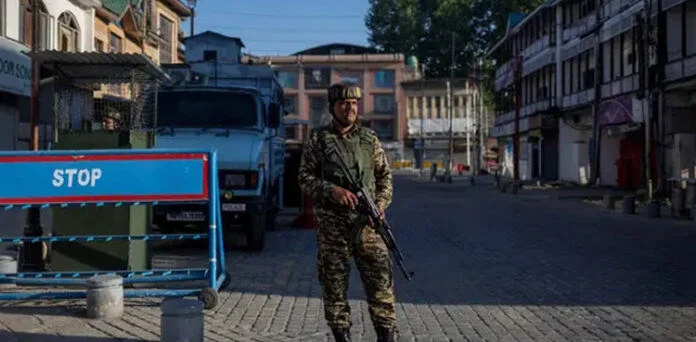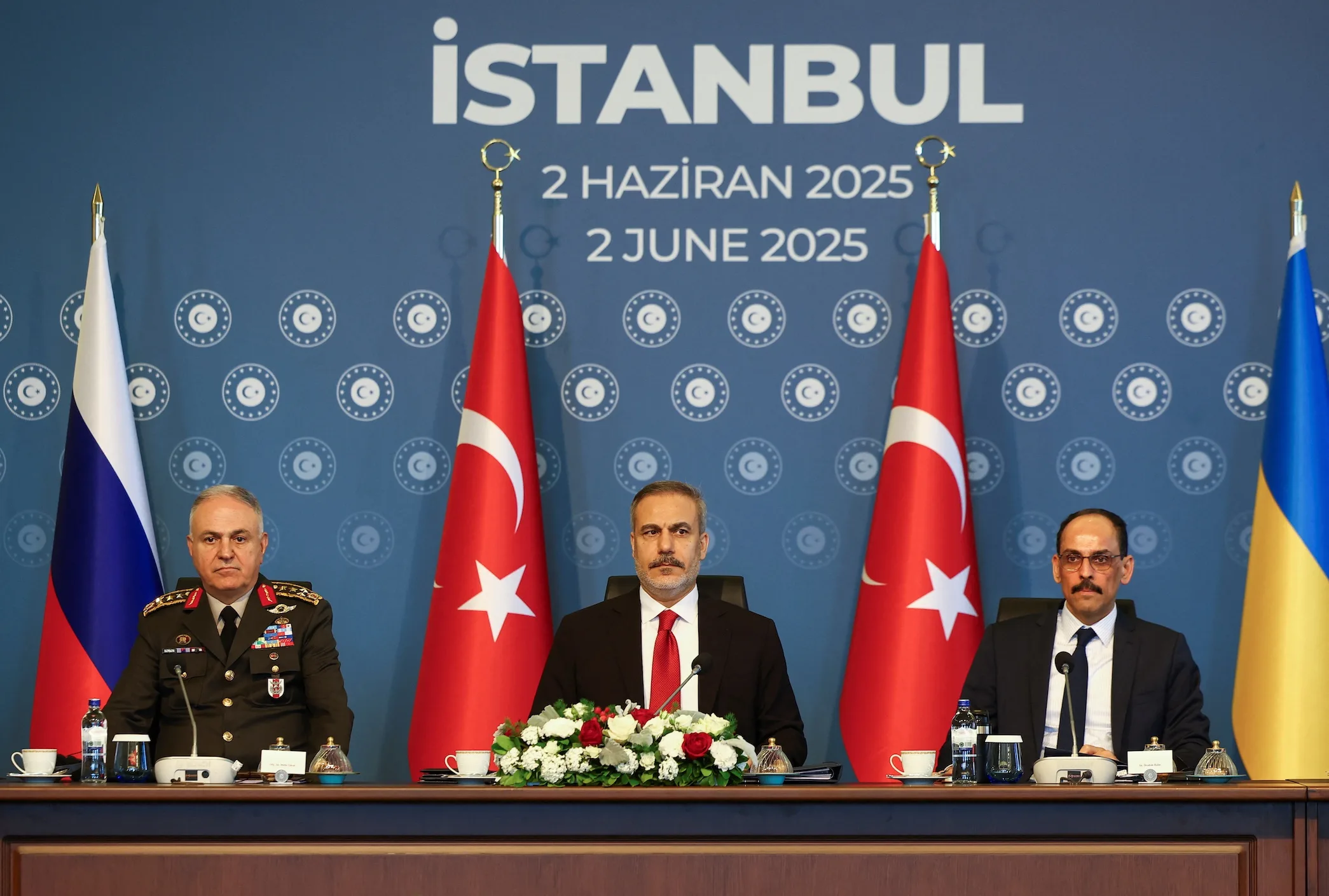International Media Highlights Concerns Over Treatment of Muslims in India

In recent years, international media outlets have increasingly turned their attention toward the treatment of minority groups across the globe. Two of the most respected names in journalism — The New York Times and Reuters — have published investigative reports and news features that bring global awareness to the plight of Muslims in India. These reports, often backed by interviews, satellite imagery, and on-ground testimonies, have sparked international discussions on human rights, state policies, and religious freedom in the world’s largest democracy.
What the Reports Reveal
According to both NYT and Reuters, recent years have seen a noticeable shift in the socio-political climate for Muslims in India. Reports have highlighted:
- Demolitions of Muslim-Owned Properties: In several regions, authorities have conducted demolitions of homes and shops alleged to be “illegal structures.” Human rights activists and international observers argue that these actions disproportionately target Muslim communities, raising concerns about due process and religious bias.
- Mob Violence and Vigilantism: Both outlets have documented incidents of mob violence against Muslims, often under the pretext of cow protection laws or accusations of “love jihad” — a controversial and unsubstantiated theory suggesting Muslim men lure Hindu women into marriage for religious conversion.
- Political Rhetoric and Legislation: Articles have examined how political language and new citizenship laws — such as the Citizenship Amendment Act (CAA) — may be contributing to an atmosphere of exclusion. Critics say these measures could render certain Muslim populations stateless or second-class citizens.
Official Response and Public Reaction
The Indian government has consistently defended its actions, stating that its policies are aimed at preserving law and order and upholding national security. Officials deny any targeted campaign against a specific religious group and assert that the law is applied equally.
However, international watchdogs like Amnesty International and Human Rights Watch have echoed concerns raised by Reuters and the NYT, arguing that the pattern of incidents suggests a broader, systemic issue.
Within India, reactions remain divided. Supporters of the government argue that international media often misrepresent facts or adopt a biased narrative. Others, particularly activists and members of civil society, believe global scrutiny is essential in holding institutions accountable.
Why Global Coverage Matters
The involvement of globally recognized outlets like The New York Times and Reuters serves not just as a journalistic function but also as a mirror to the international community. Their work informs global diplomacy, shapes foreign policy responses, and brings attention to issues that might otherwise remain underreported within national borders.
In an interconnected world, such reports go beyond headlines — they help amplify voices, highlight injustices, and prompt critical debate on the universal values of equality, justice, and freedom.
Conclusion:
The New York Times and Reuters have played a significant role in documenting and disseminating information on the challenges faced by Muslims in India. Whether one agrees with the perspectives offered or not, the value of investigative journalism in holding power to account remains indisputable. The ongoing dialogue it sparks — both inside India and globally — underscores the importance of media freedom in preserving democratic ideals.



